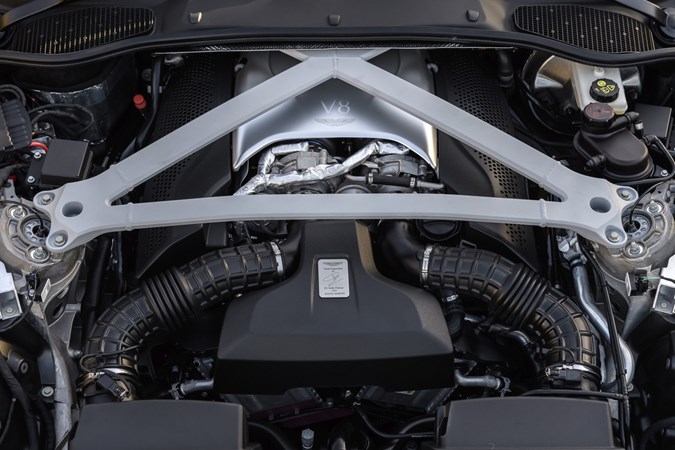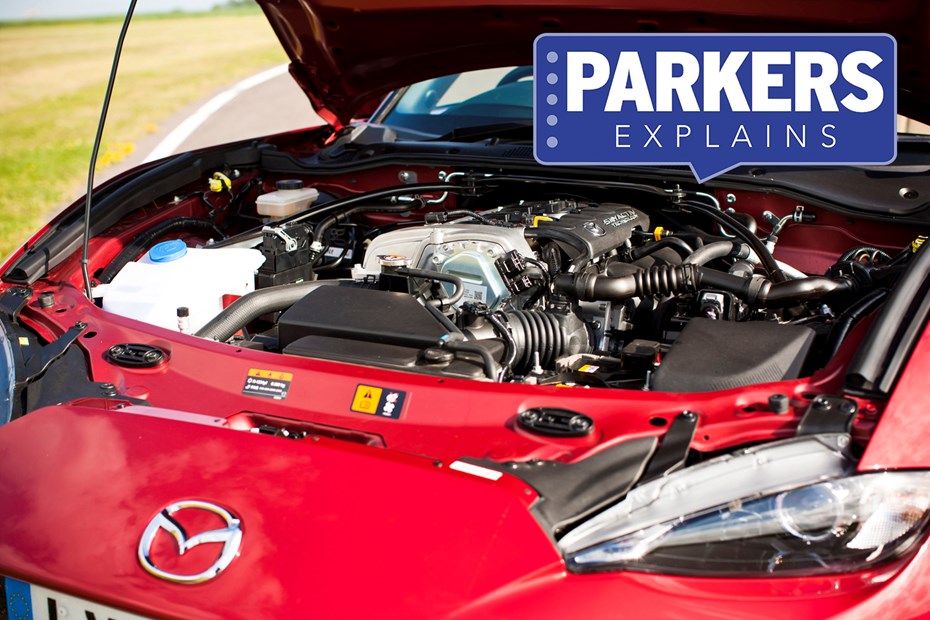Naturally aspirated engines are those that do without turbochargers or superchargers, which means they breathe air at atmospheric pressure instead of using ‘forced induction’ to increase performance.
Historically, naturally aspirated engines have been very popular among manufacturers and drivers alike for their responsiveness, reliability and soundtrack. But their days are numbered as more manufacturers are turning to powerful yet economical turbocharged or electric alternatives.
Having said that, a few still remain. On this page, we’ll explore what you need to know about naturally aspirated engines, what there advantages are and whether you need one in your life.
What do I need to know about naturally aspirated engines?
Traditionally, standard petrol engines have been naturally aspirated (also known as normally aspirated or even simply NA), while diesel engines have to come to make routine use of turbochargers to boost power and economy, such as those found in cars like the VW Golf Estate.

However, more manufacturers are resorting to turbocharging petrol engines as well as diesels, as buyers continue to want both more power and greater fuel economy at the same time.
Turbocharged engines often perform better in official fuel economy tests, and they can provide a greater spread of performance from low to medium engine speeds upwards – meaning that you don’t have to work the engine as hard for the same acceleration.
What are the benefits of naturally aspirated engines?
While turbocharged engines can provide more power than a naturally aspirated alternative of the same size, naturally aspirated engines offer other advantages.
Naturally aspirated engines generally respond quicker to the accelerator – and so they have what enthusiastic drivers would call greater response. Sports and super cars like the Ferrari 458 are famed for their quick throttle response, much of which can be attributed to their NA engines.
Conversely, turbocharged engines can sometimes lag power when abruptly asked for it. This turbo lag is the result of the extra parts spooling up that ultimately generate more power in a turbocharged engine.
Similarly, if you let engine speed drop too low, some turbocharged engines can feel very tardy as the turbocharger requires longer to recover and get back up to speed. This is not a problem for most naturally aspirated engines.

Furthermore, naturally aspirated cars should be cheaper to buy, more reliable and easier to maintain as they are less complicated. Turbocharged models aren’t always that economical in real-world driving, especially when working the engine harder – this can lead to large discrepancies between claimed and real world mpg, particularly with turbocharged petrol cars.
Non-turbo petrols tend not to suffer with such large differences; Mazda, for example, has largely shunned turbocharging its recent petrol engines, and tends to deliver impressive real-world economy figures as a result.
You will find that non-turbo diesel cars are incredibly slow, however. As such they are best avoided.
Looking for more jargon-busting motoring meanings? Head over to our Parkers Car Glossary page and take a look at our other definitions
Just so you know, we may receive a commission or other compensation from the links on this website - read why you should trust us.








